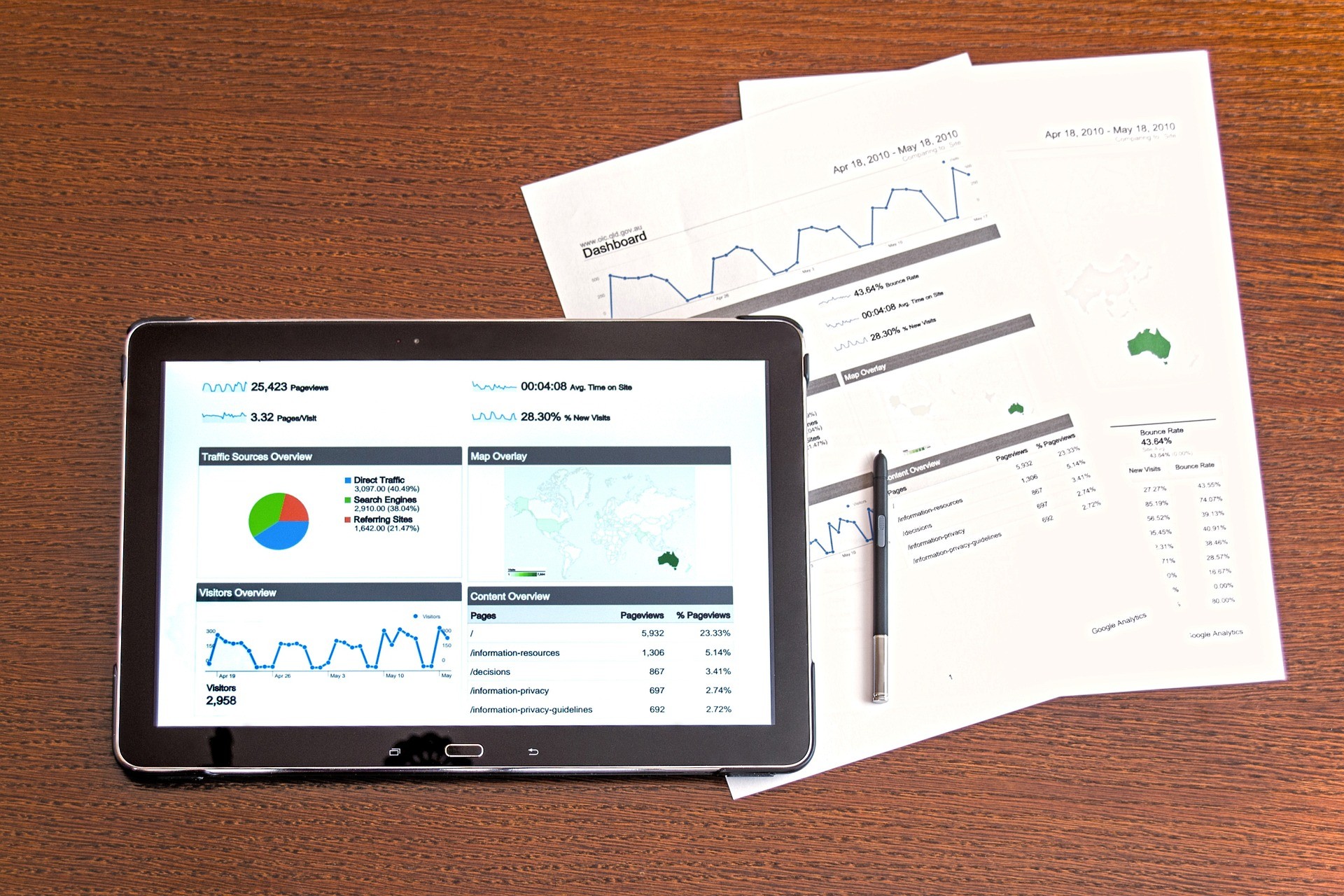Introduction
In today’s data-driven world, businesses, organizations, and individuals must actively manage critical information. Properly organizing and securing data—such as financial records, customer information, legal documents, and proprietary data—is vital for success. A systematic approach ensures easy access, security, and protection from threats. Without this, organizations face inefficiency, data breaches, and non-compliance. Filing Xaipeterson Theinformation offers a solution, specifically designed to efficiently organize, store, and protect vital data. While its name is unique, this approach aligns with industry best practices. It focuses not only on categorizing and filing data but also on maintaining security, ensuring compliance, and ongoing system upkeep. Implementing this system significantly improves an organization’s data management.
Why Filing Xaipeterson Theinformation Matters?
Effective information management is critical for several reasons, as it directly enhances operational success and minimizes risks.
Operational Efficiency
A well-organized data system facilitates quick retrieval, saving time and boosting productivity. This allows businesses to complete tasks more efficiently and improve overall operations.
Security
Organizations must safeguard sensitive data—such as personal information and financial records—against breaches. Strong security measures prevent unauthorized access and potential cyber threats.
Compliance
Adhering to regulations like GDPR, HIPAA, and SOX ensures legal compliance. This protects businesses from costly fines and legal issues.
Risk Reduction
A structured filing system decreases the likelihood of data loss or misplacement, mitigating operational disruptions and reputational damage.
Business Continuity
In the event of a disaster, such as a cyberattack or natural disaster, an effective data management system ensures quick recovery of critical information, enabling business operations to continue with minimal disruption.
Principles Behind Filing Xaipeterson Theinformation
The Filing Xaipeterson Theinformation system incorporates core principles that contribute to secure, organized, and compliant data management. These principles ensure data remains accessible, protected, and in line with regulatory standards.
1. Data Classification and Categorization
Classifying and categorizing data is essential to effective data management. By organizing data into clear, accessible categories, businesses can increase efficiency and streamline data retrieval.
Category Grouping
First and foremost, organizing data into categories—such as financial, legal, and customer—allows teams to quickly locate specific information. This structured approach is not only practical but also facilitates the management of large data volumes, ultimately increasing efficiency and reducing the time spent searching for information.
Sensitivity Levels
Furthermore, sensitive data, such as health records or financial information, requires stricter security protocols than non-sensitive data. For example, financial data demands more robust security measures than general marketing materials. Therefore, categorizing data based on its sensitivity ensures that appropriate protection is applied, reducing the risk of unauthorized access.
Hierarchical Organization
In addition, to refine data organization, it is essential to create subcategories within broader categories. For instance, under “Financial Data,” subcategories like “Annual Reports,” “Tax Returns,” and “Audit Records” may be established. This hierarchical structure not only enhances organization but also allows for more granular control and quicker access to specific subsets of data.
Example: A healthcare provider may categorize data into “Patient Records” and “Employee Health Data,” with subcategories such as “Current Treatments” and “Medical History,” ensuring easier and quicker information retrieval.
2. Filing Systems: Physical and Digital
Choosing the appropriate filing system is essential to efficient data management. Both physical and digital methods offer distinct advantages, and often, businesses use a combination of both.
Physical Filing
To begin with, organizing paper records systematically is essential for maintaining efficiency. By utilizing labeled folders, color-coded systems, and filing cabinets, businesses can ensure that physical documents are easy to find and manage. Moreover, a well-maintained physical filing system remains crucial, especially for businesses that continue to rely on paper documentation.
Digital Filing
In contrast, cloud-based storage systems are increasingly replacing physical filing methods. These digital systems offer several advantages, such as the ability to mirror physical systems while also incorporating advanced features like metadata tagging, searchable keywords, and version control. Consequently, digital filing not only ensures easy accessibility but also enhances overall organization and efficiency, making it a preferred choice for many businesses.
Hybrid Systems
Nevertheless, many businesses opt for hybrid systems that combine both physical and digital filing methods. For instance, critical documents may remain in physical form for compliance reasons, while digital backups provide redundancy and enable quick access to important files. As a result, a hybrid approach ensures that organizations maintain flexibility, security, and efficiency in managing their data.
Example: A law firm may store archived cases in physical files, while storing active client cases in a cloud-based system. This combination provides long-term storage for older records and instant access for current files, optimizing both security and convenience.
3. Security Measures and Access Control
Security is a fundamental aspect of Filing Xaipeterson Theinformation. Without robust protocols, even the best-organized filing system remains vulnerable to data breaches or theft.
Role-Based Access Control (RBAC)
By implementing Role-Based Access Control (RBAC), businesses ensure that individuals only access data relevant to their specific roles. This targeted access control significantly reduces the risk of unauthorized access. Consequently, sensitive information remains protected from unnecessary exposure, enhancing overall security.
Encryption
Furthermore, encrypting all critical data—both in transit and at rest—serves as another crucial layer of defense. This encryption prevents unauthorized parties from accessing sensitive data, even if it is intercepted during transmission. As a result, data integrity is maintained, and organizations can confidently protect valuable information.
Multi-Factor Authentication (MFA)
In addition to encryption, Multi-Factor Authentication (MFA) plays a pivotal role in strengthening security. MFA requires users to verify their identity using multiple verification methods, such as passwords, biometrics, or security tokens, before granting access to sensitive data. Therefore, MFA adds an extra layer of protection, making it more difficult for unauthorized individuals to breach secure systems.
Audit Trails
Lastly, implementing audit trails is vital for tracking who accesses data and when. This feature provides transparency and accountability, allowing businesses to monitor data usage and detect security breaches quickly. In this way, audit trails offer valuable insights into potential threats, enabling proactive responses to safeguard sensitive information.
Example: A financial firm uses MFA and encryption to safeguard client financial records. Access is restricted to authorized personnel, and all access attempts are logged and monitored.
4. Backup and Disaster Recovery
A reliable backup and disaster recovery plan is crucial for data security and continuity.
Automated Backups
It is essential to schedule regular automated backups to ensure that critical data is securely stored, either off-site or in the cloud. This practice helps to prevent data loss resulting from system failure, cyberattacks, or natural disasters. Moreover, by automating the backup process, businesses can ensure that backups are consistently performed without the risk of human error.
Redundancy
In addition to automated backups, it is vital to store multiple copies of data in different locations. This redundancy provides an additional layer of protection, ensuring that data remains safe and accessible. In the event that one backup is compromised, another copy can serve as a fail-safe, thus minimizing the risk of complete data loss.
Disaster Recovery
Along with automated backups and redundancy, a clear and well-practiced disaster recovery plan is crucial. In the event of a data breach, cyberattack, or natural disaster, having a reliable disaster recovery plan in place ensures that businesses can quickly restore lost or damaged data. As a result, organizations can maintain business continuity and minimize disruptions, which is essential for operational stability.
A clear, practiced disaster recovery plan ensures data can be quickly restored following a breach, cyberattack, or natural disaster.
Example: A technology company backs up its code repositories to a secure cloud service daily. This redundancy ensures rapid data restoration and protects the company’s operations from disruption.
5. Compliance with Legal and Regulatory Standards
Compliance with data protection laws is critical for businesses in regulated industries.
Retention Policies
Data must be retained for the legally required duration in order to ensure compliance with regulations. For instance, tax records must be stored for seven years, while personal data may need to be retained for specific periods, as mandated by laws such as GDPR. Therefore, adhering to these retention policies is crucial for avoiding potential legal issues and maintaining proper data management.
Data Disposal
Once data is no longer needed, businesses must securely destroy it to prevent unauthorized access. This process involves physically shredding documents and securely erasing digital files. By doing so, organizations ensure that sensitive information is completely eradicated and cannot be recovered, thus mitigating potential security risks.
Industry Regulations
Different industries are subject to unique regulatory requirements, which businesses must comply with to avoid legal penalties. For example, healthcare organizations must follow the guidelines outlined in HIPAA, while financial institutions must adhere to the Gramm-Leach-Bliley Act (GLBA). Consequently, it is essential for businesses in regulated industries to stay informed about applicable regulations and implement the necessary measures to remain compliant.
Example: A healthcare provider ensures HIPAA compliance by securely storing patient records, restricting access to authorized staff, and deleting records when no longer needed.
6. Ongoing Maintenance and Audits
Filing Xaipeterson Theinformation requires continuous maintenance to ensure it remains effective, secure, and compliant.
Regular Audits
It is essential to perform periodic audits in order to assess the system’s performance. These audits should focus on key areas such as access controls, security measures, compliance with retention policies, and overall organization. By conducting these audits regularly, businesses can identify potential issues and ensure continuous improvement.
System Updates
As technology and regulations evolve, it is equally important to regularly update the filing system. These updates may involve upgrading software, implementing new security features, or reorganizing data categories. Additionally, staying up to date with the latest advancements ensures the filing system remains secure, efficient, and compliant with industry standards.
Example: A retail company performs quarterly audits of its inventory and financial data, ensuring the filing system remains secure, organized, and compliant with industry regulations.
FAQs about Filing Xaipeterson Theinformation
1. What is Filing Xaipeterson Theinformation?
Filing Xaipeterson Theinformation is a systematic approach to organizing, storing, and protecting critical data. It ensures data is categorized, secure, and compliant with relevant regulations.
2. Why is Filing Xaipeterson Theinformation important?
This approach boosts operational efficiency, enhances security, reduces risks, and ensures compliance with data protection laws. It helps businesses manage their data securely and effectively.
3. How does Filing Xaipeterson Theinformation enhance data security?
By implementing role-based access, encryption, and multi-factor authentication, this method ensures that only authorized individuals can access sensitive information, protecting against breaches.
4. Does Filing Xaipeterson Theinformation include both physical and digital systems?
Yes, it integrates both physical filing systems for compliance and digital systems for easier access, redundancy, and enhanced security features like metadata tagging and version control.
5. How does Filing Xaipeterson Theinformation support regulatory compliance?
It includes measures like retention policies, secure data disposal, and adherence to industry-specific regulations, ensuring businesses comply with legal requirements like GDPR, HIPAA, and SOX.
Conclusion
Filing Xaipeterson Theinformation provides a structured, systematic approach to managing critical data. It ensures that data remains well-organized, secure, and compliant with legal and regulatory standards. By adopting this approach, businesses improve operational efficiency, minimize risks, and protect sensitive information.
Effective data management offers a significant competitive advantage. Implementing Filing Xaipeterson Theinformation allows organizations to protect and organize their most valuable asset, information. By following best practices in classification, security, audits, and disaster recovery, businesses can establish an efficient, secure, and reliable system to manage their vital information.




